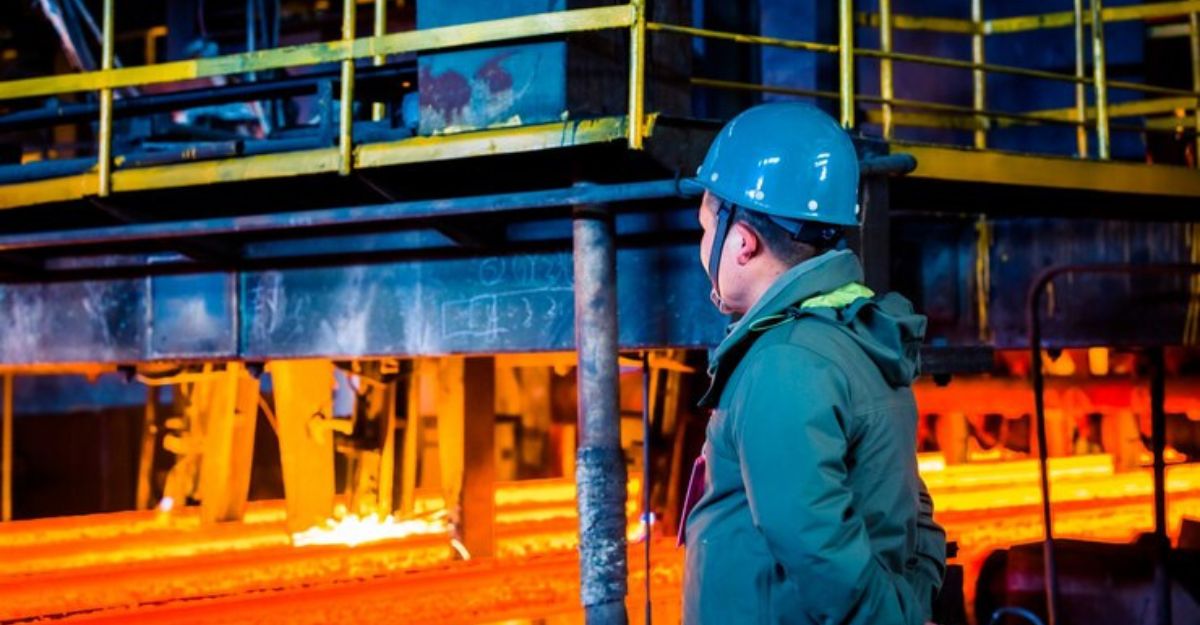AUTOMOTIVE
The Versatility and Applications of Alloy Steel in Modern Industry

Introduction to Alloy Steel
Alloy steel is an impressive feat of contemporary engineering, renowned for its strength and flexibility. It forms the backbone of countless industrial applications, serving as a crucial material in everything from skyscraper construction to the intricate components of automobile manufacturing. At its core, alloy steel is a blend of iron and carbon. This essential combination is further enhanced with additional alloying elements such as chromium, nickel, vanadium, or molybdenum. Each component is carefully measured and introduced to imbue the steel with characteristics that meet specific industrial needs, such as improved toughness, heat resistance, and corrosion resistance.
The significance of alloy steel cannot be emphasized enough, particularly when considering its impact on shaping the fundamentals of modern industry. Information about a diverse array of alloy steel products is vital for engineers and manufacturers looking to harness the material’s full potential. Such resources assist in understanding how alloy steel can be effectively applied to meet the technological demands of our time.
Distinct Properties of Alloy Steel
The distinct properties of alloy steel make it a favored choice across various applications, offering a suite of benefits that few materials can rival. Its notable strength-to-weight ratio ensures it can withstand significant stress without contributing to unnecessary bulk, a key characteristic leveraged extensively in the automotive and aerospace industries. Furthermore, its corrosion and oxidation resistance make it particularly valuable for applications exposed to harsh environments or extreme weather conditions. The alloying process introduces a fine-tuning capability, allowing manufacturers to design steel variants tailored to specific needs, whether that means higher tensile strength or improved wear resistance.
For those interested in diving deeper into the scientific mechanisms that bestow these properties upon alloy steel, an informative piece on material properties offers a comprehensive overview of how different alloying elements contribute to these unique characteristics. These elements alter the steel’s microstructure in small quantities or specific combinations, leading to various uses.
Common Applications Across Industries
Alloy steel’s versatility is highlighted by its wide-ranging applications across numerous industries, each utilizing its properties to enhance product performance and structural integrity. In the automotive industry, alloy steel is integral to developing lighter, more fuel-efficient vehicles. This is particularly relevant in the push toward greater sustainability and emission reductions in transportation technologies. Meanwhile, the aerospace industry capitalizes on alloy steel’s high strength-to-weight ratio to ensure safety and efficiency in aircraft components that must withstand significant flight stresses.
Alloy steel plays a crucial role in construction by allowing for the creation of durable structures that can withstand harsh environmental conditions over time. From towering skyscrapers to resilient bridges, alloy steel provides durability for safe and reliable construction practices. These practical and real-life applications underscore alloy steel’s critical role in advancing infrastructure and technology in today’s ever-evolving world.
Technological Advancements Using Alloy Steel
The role of alloy steel in technological advancement is profound and continuous. Its contribution to the evolution of lightweight vehicle construction is an exemplary testament to its innovation-driving capabilities. Cars and aircraft that incorporate alloy steel in construction see performance improvements and benefit from enhanced fuel efficiency, an increasingly important factor given global environmental concerns.
Furthermore, alloy steel is essential in developing high-capacity power plants. These facilities rely on materials that endure extreme temperatures and pressures without losing structural integrity. The unique properties of alloy steel meet these demands, supporting the massive production of energy and contributing to the sustainability and modernization of our energy infrastructure.
Environmental Considerations
Like many industrial processes, alloy steel production raises environmental considerations that industries strive to address. While alloy steel manufacturing involves processes with a carbon footprint, the industry is making commendable strides toward sustainability through innovative practices. These developments include improving the recycling processes and adopting cleaner production methods that minimize waste and reduce emissions.
With a growing emphasis on environmental responsibility, exploring sustainable metallurgy practices becomes critical. These practices highlight how, through intelligent engineering, the benefits of alloy steel can be enjoyed without compromising ecological integrity. By working towards greener solutions and enhancing recyclability, alloy steel continues to align with the sustainability goals of modern industries.
Factors Influencing the Choice of Alloy Steel
The decision to employ alloy steel in a project hinges on several critical factors. Industry experts must consider the specific application requirements, as these determine which alloying elements are necessary to enhance the steel’s properties appropriately. Furthermore, cost implications and material availability are vital, especially in large-scale projects where budget management and supply chain logistics are crucial.
Understanding these considerations helps businesses and engineers maximize the advantages of alloy steel, ensuring that the selected material performs to expectations and aligns with economic and practical constraints.
Future Prospects for Alloy Steel
The future of alloy steel is bright, with numerous prospects that promise to expand its relevance and application across industries. Emerging trends in green technology, such as the development of renewable energy sources and the push for electric vehicles, will likely increase the demand for materials that offer robustness and sustainability. As materials science advances, alloy steel can benefit from innovations that could further enhance its properties, making it an even more attractive option for future technologies.
Given these ongoing advancements, alloy steel will likely remain at the forefront of industry materials, adapting to new challenges and opportunities and fulfilling critical roles in our technological and infrastructural future.
Conclusion
Due to its exceptional properties and versatility, alloy steel remains a cornerstone of modern industry. From its pivotal role in enabling technological advancements to its contributions to sustainable practices, the significance of alloy steel in today’s world is indisputable. As industries evolve and adapt to new technological and environmental demands, alloy steel is poised to remain a key player, driving innovation and supporting the development of infrastructure, technology, and sustainable solutions worldwide.

-

 BLOG1 year ago
BLOG1 year agoElizabeth Huberdeau: Women Behind The WWE Superstar
-

 NEWS1 year ago
NEWS1 year agoMisty_moless_2: A Rising Star in the Digital World
-

 GAMES1 year ago
GAMES1 year agoWest vs East Match Player Stats
-

 BLOG1 year ago
BLOG1 year agoite:mommyandlove.com/baby-names/: Discover Unique and Meaningful Baby Names
-

 BLOG1 year ago
BLOG1 year ago3d659.com blog: A Resourceful Hub for Information
-

 EDUCATION12 months ago
EDUCATION12 months ago7 Top Arts Educational Schools in London Every Student Should Know About
-

 BLOG1 year ago
BLOG1 year agoP72 National Pitch Competition: Nurturing the Entrepreneurs of Tomorrow
-

 TECHNOLOGY1 year ago
TECHNOLOGY1 year agoNpoint S/N 135064: Understanding Its Significance & Applications